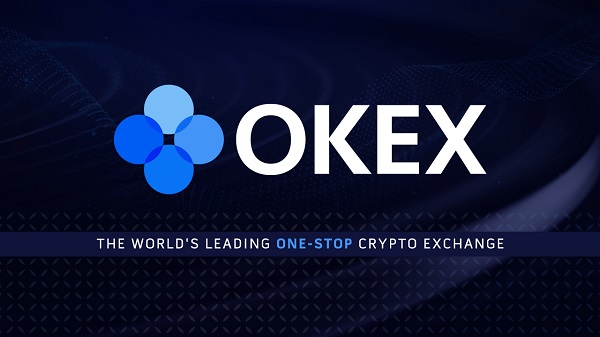By Irina Slav – Dec 12, 2022, 4:17 AM CST
- The oil price cap that came into effect last week was designed to keep Russian oil flowing into international markets while reducing Russia’s revenues.
- While the price cap may have made sense on paper, it has proven to be confusing for oil traders who very rarely trade crude at fixed prices.
- To add to these worries for traders, Turkey is continuing to ask for proof of insurance for tankers passing through the Bosphorus and Dardanelles, further disrupting supply.
Last week saw the start of a price cap mechanism conceived of by the U.S. and embraced by the G7 and the European Union, aimed at keeping Russian oil flowing into international markets but reducing Russia’s revenue from that oil.
The price cap came into effect in the company of an almost complete embargo on Russian oil imports into the European Union, giving traders in Europe at least a theoretical opportunity to buy and sell Russian crude. But the authors of the cap did not think about oil traders.
To begin with, about half of the G7, including the U.S., Canada, and the UK, already have a ban on Russian oil imports, so the cap will make no difference to their supply of foreign oil. Japan, although backing the cap, has been exempted because it is entirely dependent on imported hydrocarbons.
Then comes the bigger problem, and that problem is that crude oil is just not traded under fixed prices, which is already causing headaches in the sector. In fact, oil is traded in such a way that it could often be impossible to comply with the cap, even assuming Russia would sell to cap backers.
Bloomberg cited traders last week as saying that a lot of them risked getting stuck with Russian crude cargos that cost more than the $60-per-barrel cap, unable to access Western insurance and tankers because of that fact. And that, in turn, would threaten the supply side of the global oil equation.
“Physical traders rarely trade on a fixed price,” John Driscoll, chief strategist at JTD Energy Services, told Bloomberg. “It’s a much more complex space where they trade on formulas and spot differentials to a benchmark crude for the trading of actual cargoes as well as for hedging that follows.”
The report went on to explain that the top three Russian oil blends—Urals, Sokol, and ESPO—are priced under forward or floating contracts, which means that the final price of a cargo is only determined several weeks after the purchase of the cargo.
Bloomberg gives an example of these pricing models with a recent Chinese purchase of a cargo of Russian ESPO. The price for the cargo, per the contract, is a discount to the average of the front-month Brent crude futures and this average will only be calculated at the end of this month.
This creates all sorts of complications for traders that want to comply with the price cap—there is simply no way of knowing if the price of a cargo will remain below the cap by the time it needs to be paid, again, assuming Russia does not make good on its promise to stop selling oil to parties that enforce the cap.
How this can create problems in the physical oil market – the market that matters the most – is obvious. Cargos could get delayed or never reach their destination because the deal gets canceled because it had violated the cap. And there is already a disruption in the physical market, thanks to Turkey.
Following the introduction of the price cap, Turkey started asking for proof of insurance for all tankers passing through the Bosphorus and the Dardanelles. Because insurers have so far refused to provide the documents claiming they have never needed to do so before, there are more than 20 tankers stuck in the Turkish straits with more than 20 million barrels of crude.
All but one of the tankers carry Kazakh crude, which gets via pipeline to Russian ports and from there goes on to international markets. The one tanker carrying Russian crude was allowed to pass the straits earlier this week.
“These cargoes would not be subject to the price cap under any scenario, and there should be no change in the status of their insurance from Kazakh shipments in previous weeks or months,” one U.S. government official who CNBC called “a price cap official,” said.
Yet Turkey appears insistent on seeing proof of insurance, and the club of big insurers, the International Group of P&I Clubs, insists it cannot provide a guarantee of insurance coverage in case it so happens that a vessel with such coverage violates the price cap and drags its insurer down with it.
Western officials have been quick to slam Turkey for its additional insurance proof demands, with that same unnamed price cap official from above telling the FT that “The price cap policy does not require ships to seek unique insurance guarantees for each individual voyage, as required under Turkey’s rule. These disruptions are the result of Turkey’s rule, not the price cap policy.”
If those tankers remain stuck for another week, the absence of these 20 million barrels will begin to be felt, according to analysts. And if the pricing confusion on physical markets persists—and there is no reason for it not to—more cargos might get stuck and undelivered. And this will be happening in a market that, despite the recent price developments, remains undersupplied, as Canadian fund manager Eric Nuttall reminded everyone earlier this week.
By Irina Slav for oilprice.com





Be the first to comment